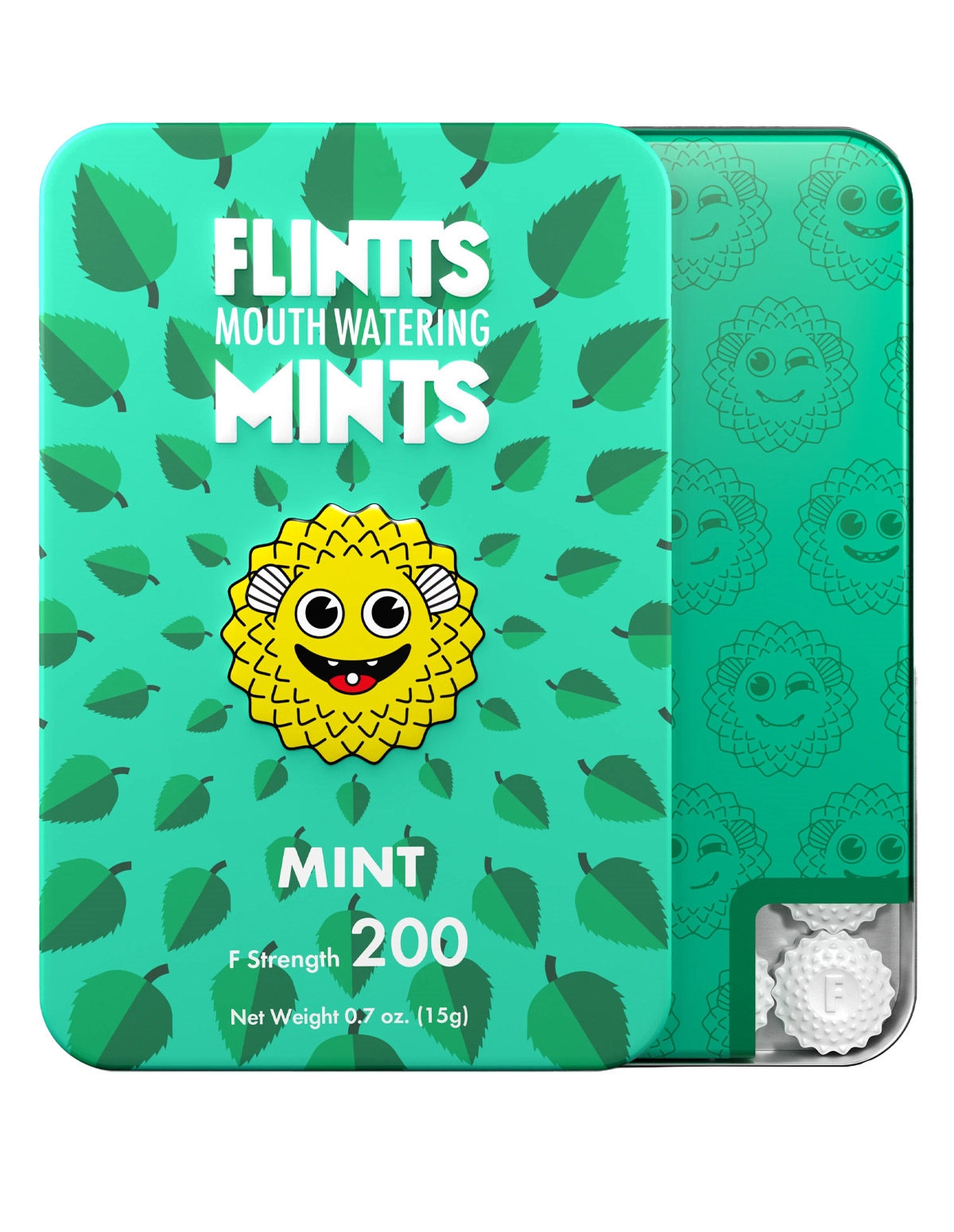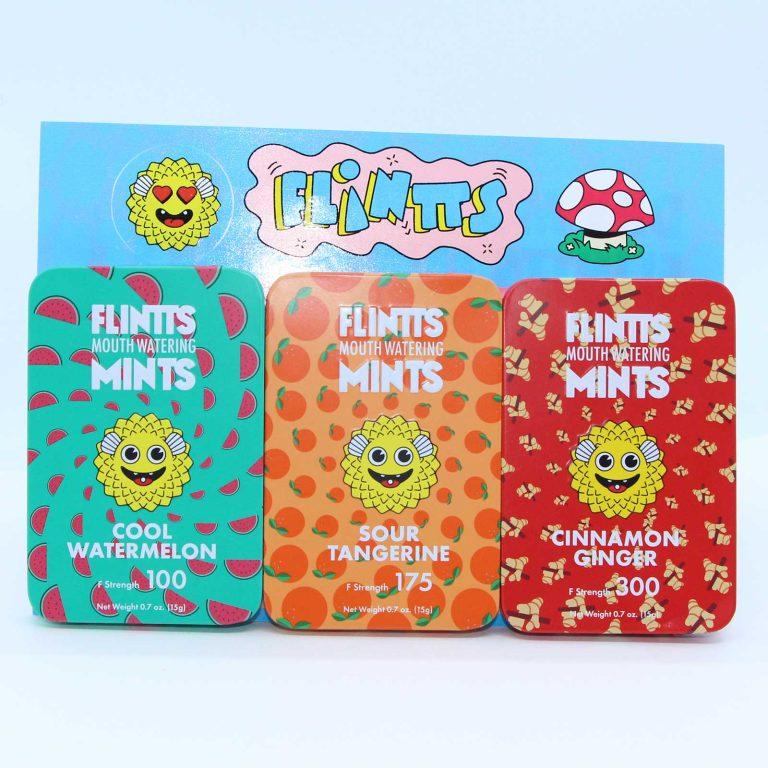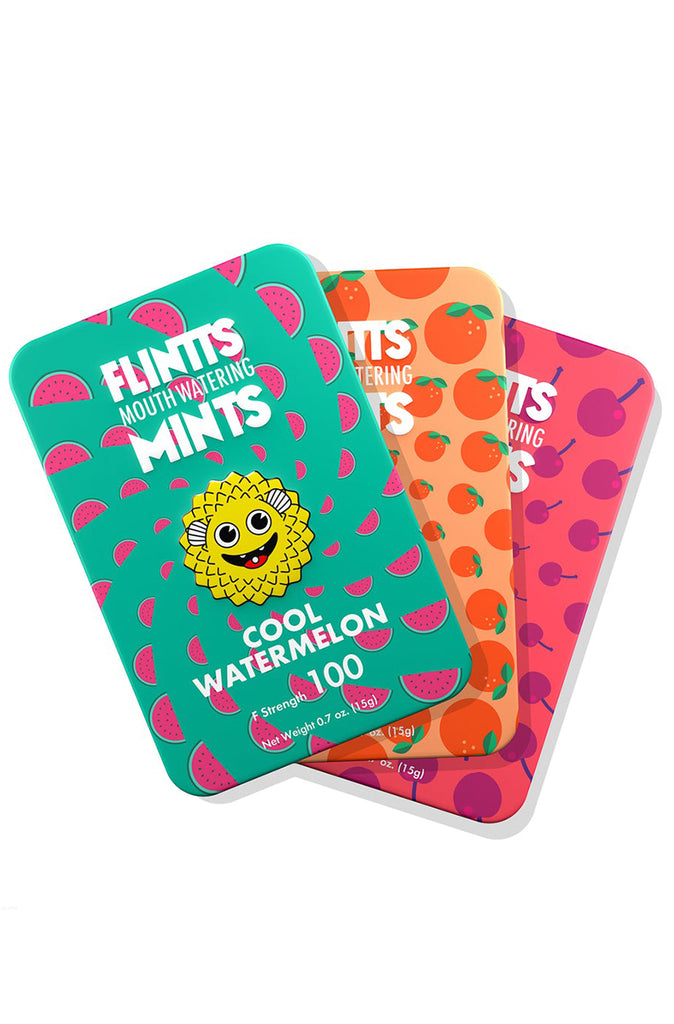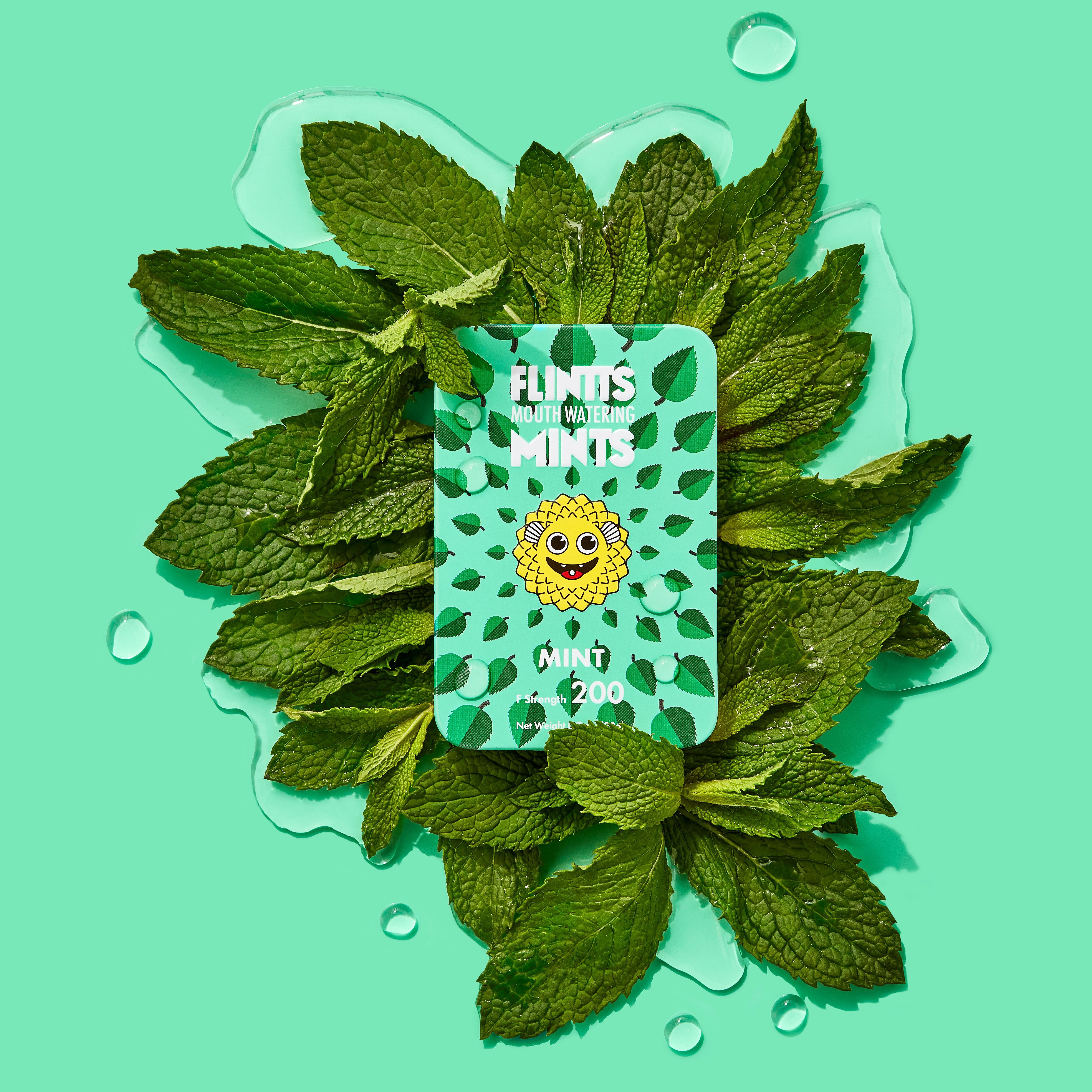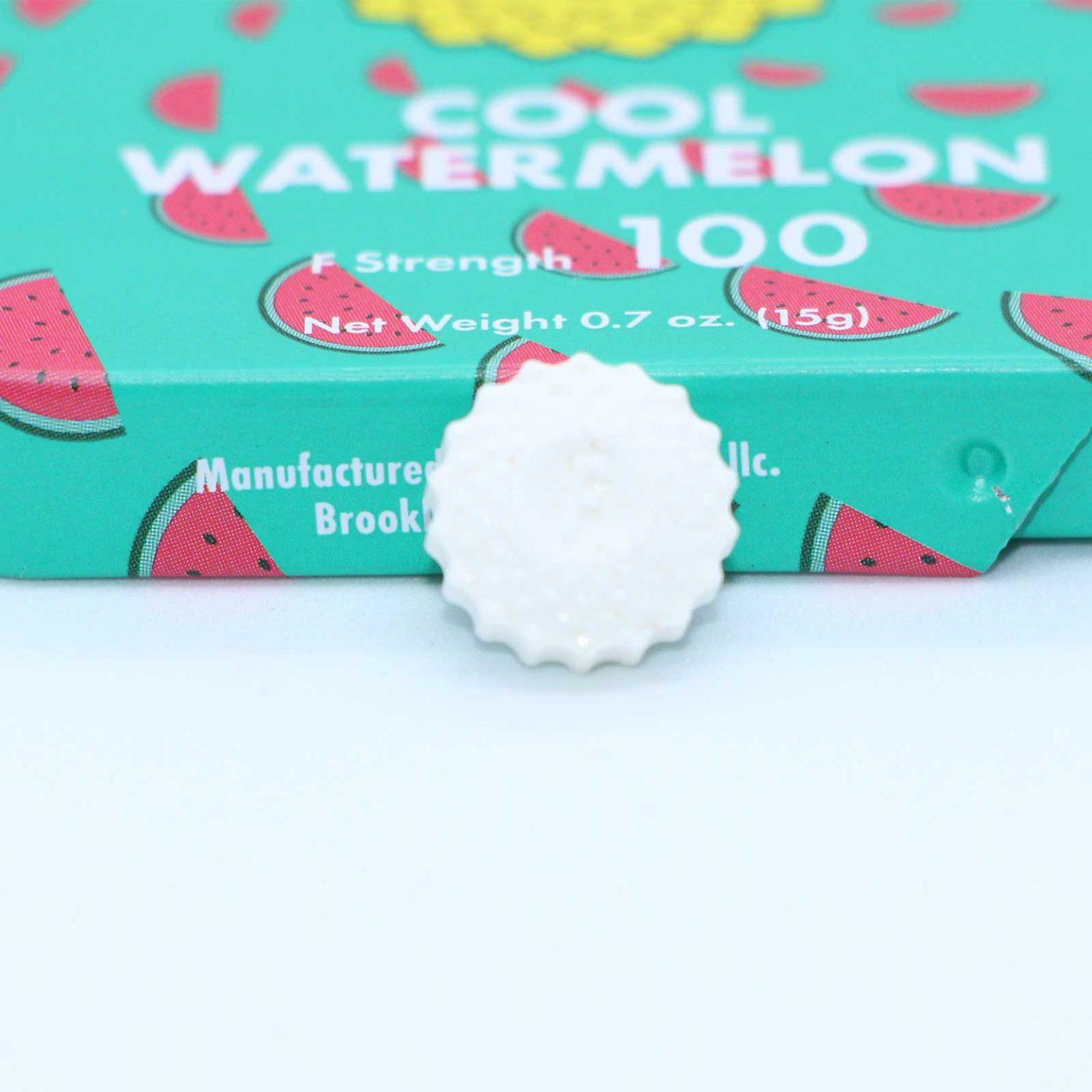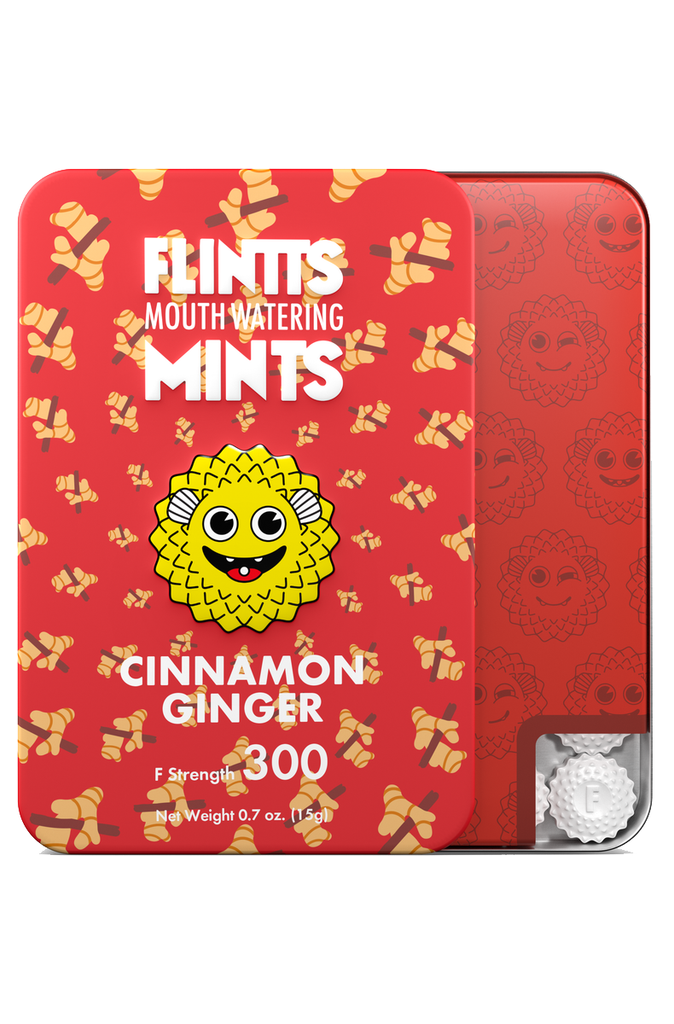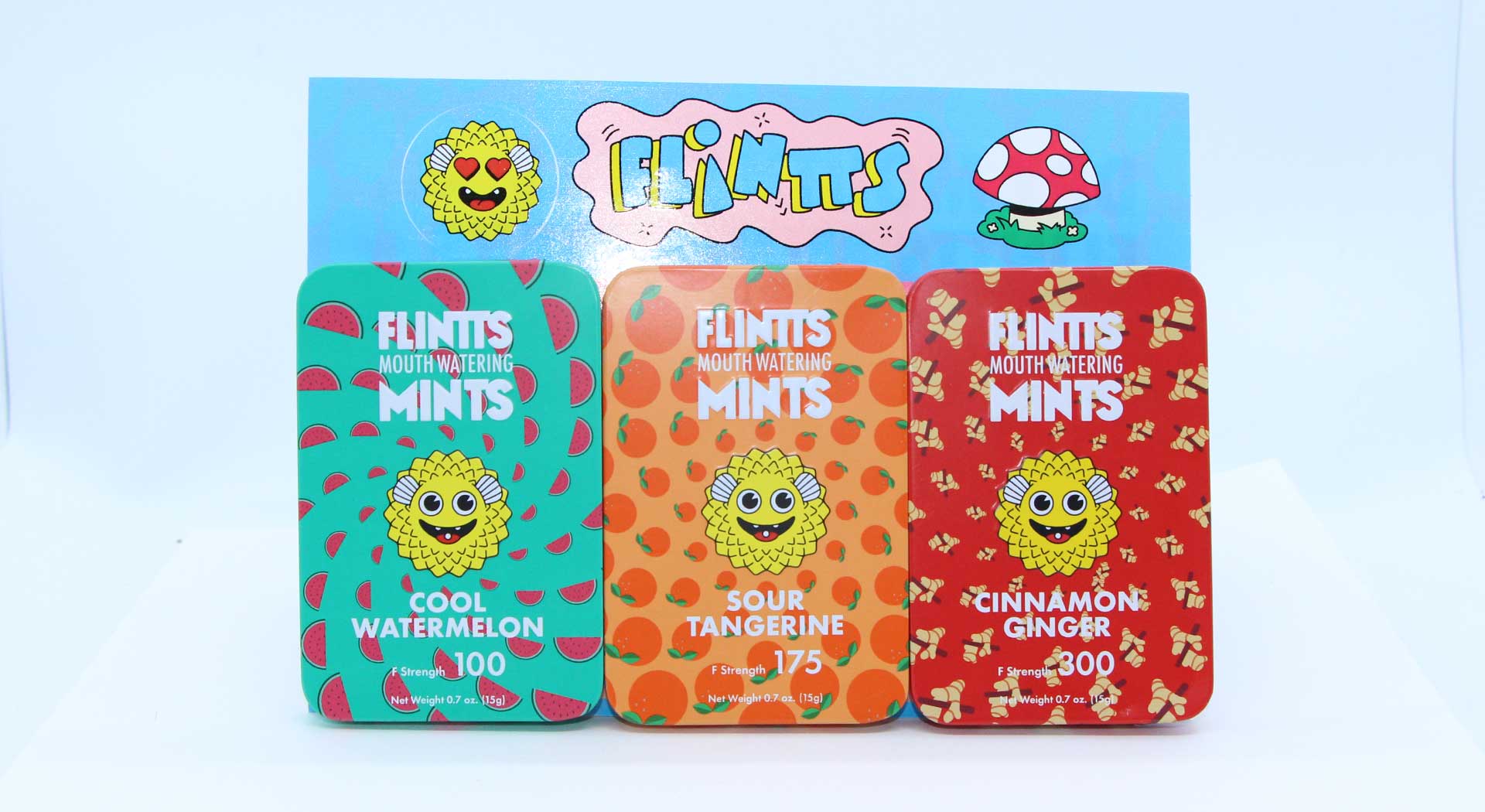Mints That Make Your Mouth Water
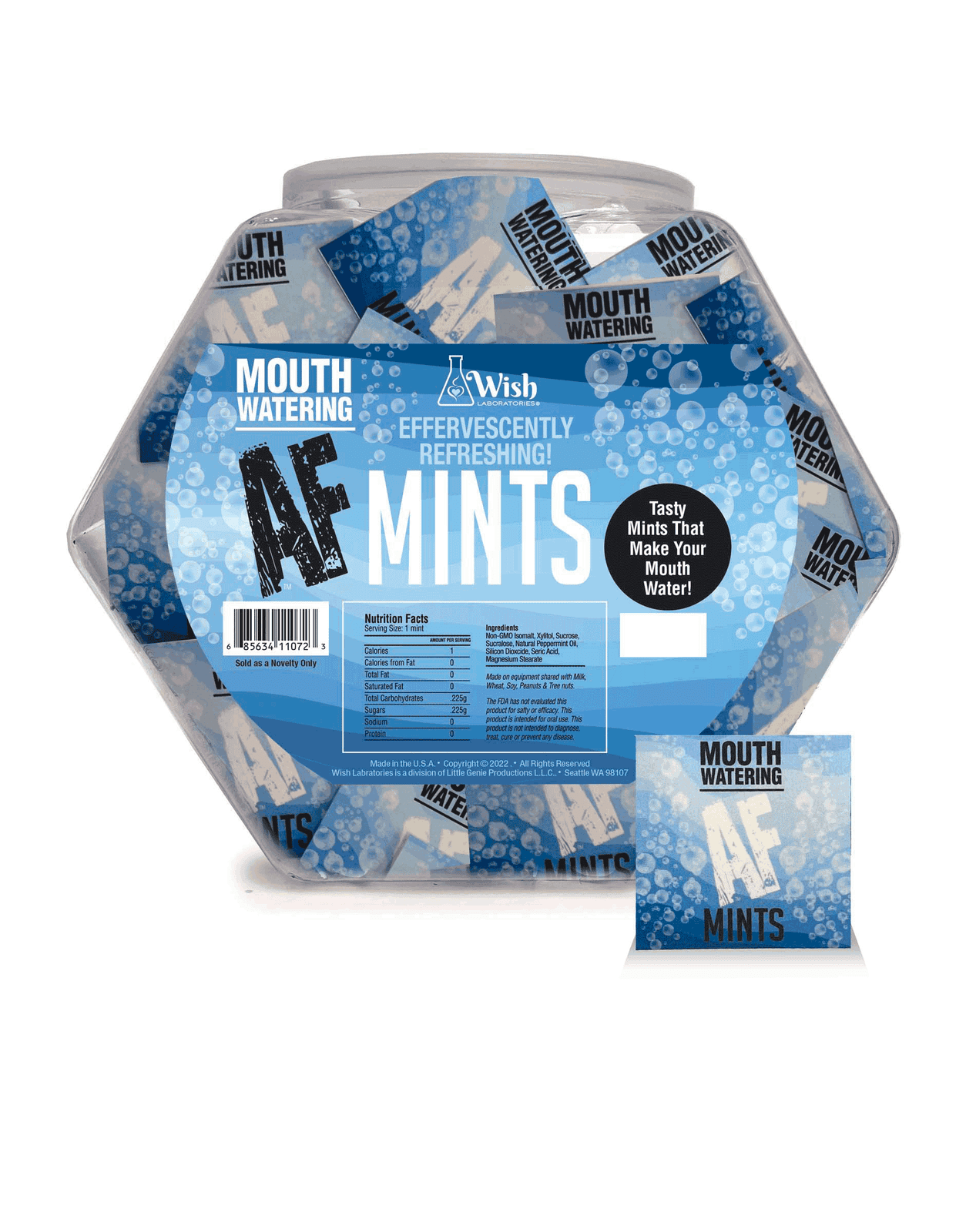
The humble mint, a staple in pockets and purses worldwide, is undergoing a dramatic transformation. Forget the chalky, vaguely mint-flavored past; a new wave of confectionery innovation is sweeping the market, redefining what a mint can be. These aren't your grandma's breath fresheners – they're meticulously crafted flavor experiences designed to make your mouth water.
At the heart of this revolution lies a fusion of culinary artistry and scientific precision. This nut graf explores how manufacturers are leveraging natural ingredients, novel flavor combinations, and advanced manufacturing techniques to create mints that deliver an intense, long-lasting, and genuinely pleasurable sensory experience. We’ll delve into the science behind saliva stimulation, the rise of artisanal mint brands, and the potential health implications of this evolving trend.
The Science of Saliva: More Than Just Moisture
Saliva, often overlooked, plays a crucial role in flavor perception. It's the liquid that dissolves flavor compounds, allowing them to interact with our taste receptors. The new generation of mints are designed to stimulate saliva production beyond simple refreshment, triggering a complex interplay of taste and aroma.
“The key is to activate the salivary glands in a way that enhances the overall flavor profile,” explains Dr. Anya Sharma, a sensory scientist at the Food Innovation Institute. “We're moving beyond just masking bad breath and towards creating a genuine gustatory experience."
Natural Ingredients Take Center Stage
Goodbye artificial flavors and hello, real mint! Consumers are increasingly demanding natural and sustainable ingredients. This demand is driving manufacturers to source premium mint extracts from around the world, from Oregon peppermint to Moroccan spearmint.
Ethelind Coffee, CEO of Mint & Meadow, a leading artisanal mint company, says, "We believe that the best flavors come from nature. Our mints are made with organic ingredients and sustainably sourced essential oils to deliver an unparalleled taste experience."
Mint & Meadow's product line includes flavors like “Wild Berry Burst” and “Citrus Zing,” showcasing the potential for complex flavor combinations within the mint category.
Artisanal Mints: A Growing Trend
The rise of artisanal mint brands is a testament to consumers’ desire for higher quality and more unique flavor profiles. These brands often focus on small-batch production, using traditional methods to create mints with distinct textures and intense flavors.
These companies have captured market share by focusing on premium ingredients and innovative flavor combinations. They market themselves to a more affluent consumer base that is willing to pay more for high quality mints.
Professor Ben Carter, marketing professor at The Wharton School, attributes the success of artisanal mints to a broader trend of "premiumization" in the food industry. "Consumers are increasingly willing to pay a premium for products that offer a unique and elevated sensory experience."
Beyond Breath Freshening: Functional Benefits?
While primarily marketed as breath fresheners and treats, some believe that mints could offer other functional benefits. Studies have suggested that peppermint oil may help to relieve digestive discomfort and improve focus.
However, caution is warranted. "While there is some preliminary evidence to suggest potential health benefits, more research is needed to confirm these findings," says Dr. David Lee, a gastroenterologist at Mayo Clinic.
He adds that excessive consumption of mints, particularly those containing sugar or artificial sweeteners, could have negative health consequences.
The Future of Mints: Innovation and Sustainability
The mint market is poised for continued growth and innovation. Expect to see even more exotic flavor combinations, plant-based options, and sustainable packaging initiatives in the years to come.
Manufacturers will likely focus on enhancing the sensory experience, exploring new textures and delivery methods. Also they are increasingly concerned about environmental sustainability.
"The future of mints is about more than just flavor; it's about creating a product that is both delicious and responsible," says Coffee.
Ultimately, the evolution of the mint reflects a broader trend in the food industry: a move towards quality, authenticity, and a more mindful consumption experience. The days of the bland, forgettable mint are over; welcome to the era of the mouth-watering mint.




